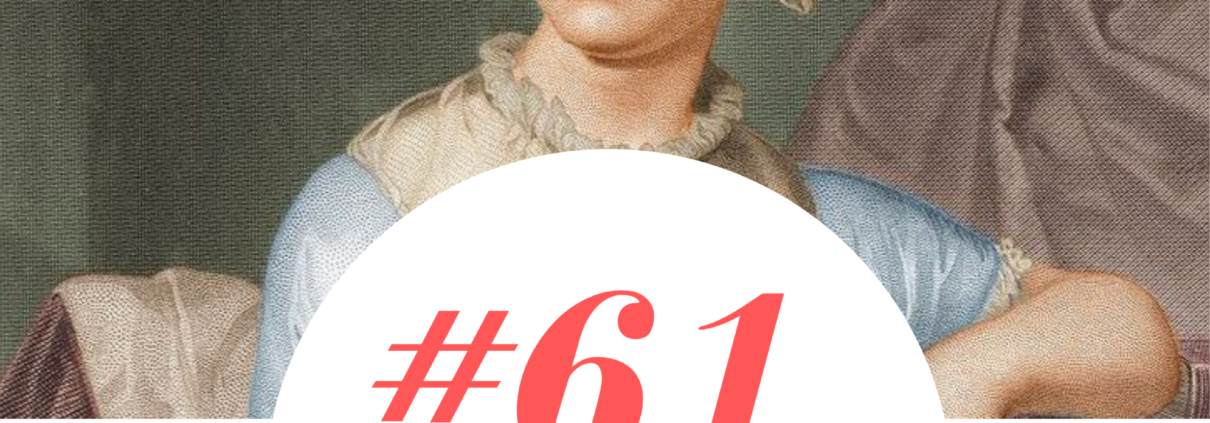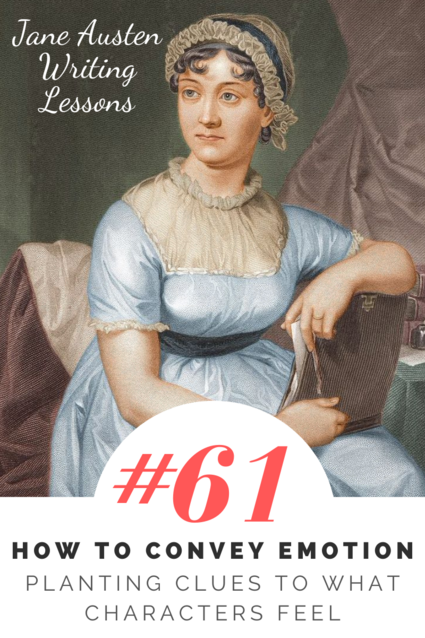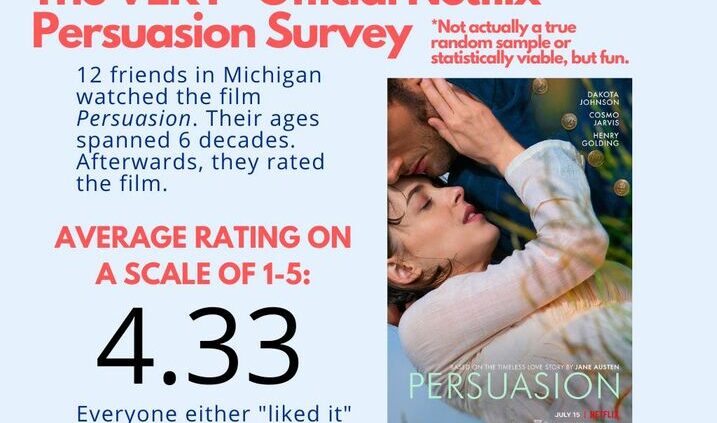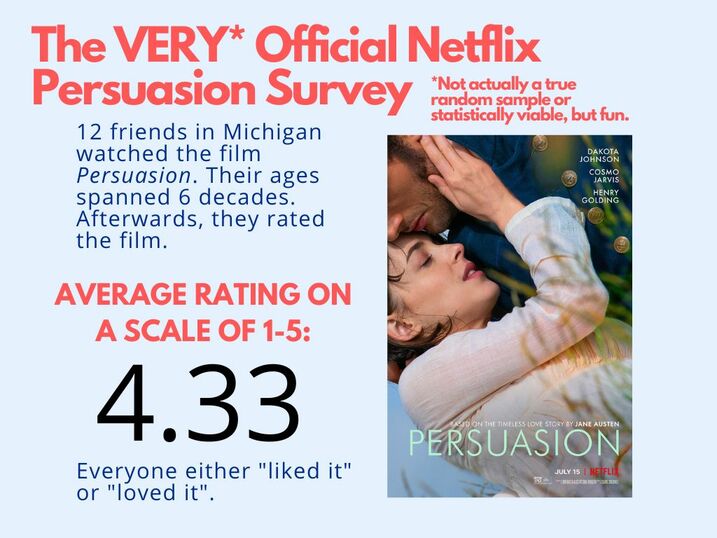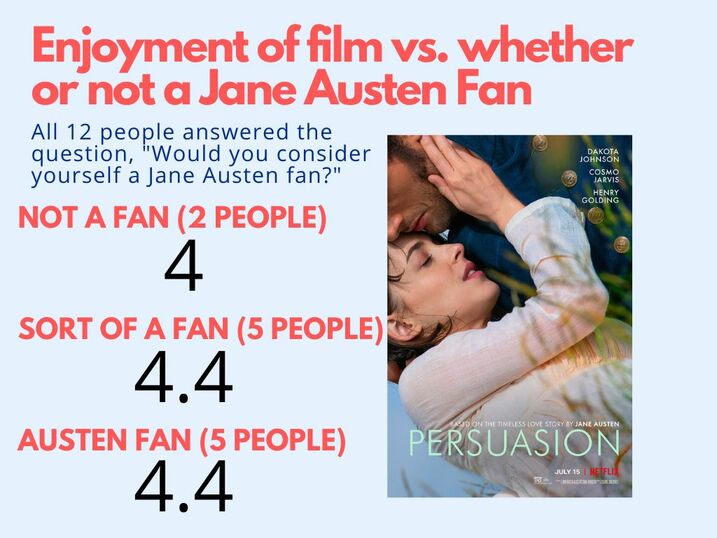#61: How to Convey Emotion: Planting Clues to What Characters Feel
It took me several years of writing fiction to really learn how to convey emotions. As a writer, you often know what your characters are feeling, but how do you convey that to the reader in a way that helps them to believe it, and sometimes even to feel it with the characters?
One of the ways I learned to write emotions was by studying writers who excel at it. Jane Austen is a master of emotion. Let’s look at a passage rife with emotion from her first published novel, Sense and Sensibility.
At this point in the novel, most characters assume that Marianne Dashwood and John Willoughby are engaged to each other. The other Dashwood family members leave the house, knowing it is likely that Willoughby will call upon Marianne.
They return to witness a flurry of unexpected emotions.
“They were no sooner in the passage than Marianne came hastily out of the parlour apparently in violent affliction, with her handkerchief at her eyes; and without noticing them ran up stairs.”
First, let’s consider the word apparently. Marianne is “apparently in violent affliction.” This word choice is important. Marianne is not a viewpoint character in this chapter—the point of view is from Elinor’s perspective. Elinor and her mother cannot actually, with any certainty, know how Marianne feels. They cannot peer into her mind. And even if she were to tell them, it would be filtered through both language and what she wants them to know.
As such, they are forced to interpret her behavior in order to understand her emotions. Readers must do the same thing, especially when reading about non-viewpoint characters. We look at clues that indicate how the characters feel, and, like Elinor and Mrs. Dashwood, we come to conclusions on someone’s emotional state.
What are the clues in this sentence?
- Marianne came hastily out of the parlour
- Apparently in violent affliction
- With her handkerchief at her eyes
- Without noticing them
- Ran up stairs
These clues can be categorized into different types of clues that you can use as a writer to convey emotions:
Emotional Clue Technique 1: Concrete actions and behavior
Marianne moves with speed; she has her handkerchief pressed to her eyes (and we can assume she is crying); she runs up the stairs.
Concrete actions and behavior are the results of choices made by a character, and choices are always influenced by a character’s emotions. Different characters react to different situations in very different ways—not everyone expresses strong emotions with strong outward displays. But even if a character is suppressing or hiding their emotions, it will impact their actions and behavior.
This is an important emotional clue to place, whether or not you are attempting to capture the viewpoint character’s emotions, or the emotions of another character.
Emotional Clue Technique 2: Awareness/lack of awareness
Marianne does not notice or acknowledge her family members, even as she rushes past them.
Certain types of emotions will point a character outward—charitable emotions, or concern for others. Other emotions will point a character inward or narrow their focus to a smaller awareness.
This emotional clue is one that Austen uses less frequently, but to great effect. In terms of viewpoint characters, a viewpoint character may not realize what they are aware or not aware of, but it will impact the sort of description that is used in a scene.
Emotional Clue Technique 3: General impressions
Marianne is apparently in violent affliction.
Here, Elinor and her mother are interpreting their general impressions—their feel of the situation. This is likely influenced by dozens of tiny details that Austen does not describe. Maybe Marianne’s face is pale; maybe her arms hang a little limply; maybe she’s sniffling. All of the time, we interpret dozens of tiny details—sometimes subconsciously—and come to conclusion. Rather than including every possible detail, we are given Elinor’s conclusion, which is useful in that it brings us back to the viewpoint character and how she is processing the events.
When a character interprets someone’s emotions, it’s often useful to have a qualifier that signifies that the point of view character is making an interpretation (so readers do not confuse it with the narrator proclaiming this emotion as fact, which can read as a point of view shift). Austen uses “apparently” but writers also use “likely,” “probably,” “it seemed that,” and a number of other signifiers.
More Types of Emotional Clues
Austen goes on to use more types of emotional clues in the passage (and she plants more emotional clues in the categories we’ve already established). Let’s read more of the scene and look for additional types of clues:
Surprised and alarmed they proceeded directly into the room she had just quitted, where they found only Willoughby, who was leaning against the mantel-piece with his back towards them. He turned round on their coming in, and his countenance showed that he strongly partook of the emotion which over-powered Marianne.
“Is anything the matter with her?” cried Mrs. Dashwood as she entered—“is she ill?”
“I hope not,” he replied, trying to look cheerful; and with a forced smile presently added, “It is I who may rather expect to be ill—for I am now suffering under a very heavy disappointment!”
“Disappointment?”
“Yes, for I am unable to keep my engagement with you. Mrs. Smith has this morning exercised the privilege of riches upon a poor dependent cousin, by sending me on business to London. I have just received my dispatches, and taken my farewell of Allenham; and by way of exhilaration I am now come to take my farewell of you.”
“To London!—and are you going this morning?”
“Almost this moment.”
“This is very unfortunate. But Mrs. Smith must be obliged;—and her business will not detain you from us long I hope.”
He coloured as he replied, “You are very kind, but I have no idea of returning into Devonshire immediately. My visits to Mrs. Smith are never repeated within the twelvemonth.”
“And is Mrs. Smith your only friend? Is Allenham the only house in the neighbourhood to which you will be welcome? For shame, Willoughby, can you wait for an invitation here?”
His colour increased; and with his eyes fixed on the ground he only replied, “You are too good.”
Emotional Clue Technique 4: Stating the Emotion
Elinor and her mother are surprised and alarmed.
The emotion of the viewpoint character can be stated, as Austen does here. This is not a technique she frequently uses—if used improperly, stating an emotion feels like cheating. If it feels unearned, we won’t necessarily believe it. When Austen states the emotion, it’s almost always in moments like this, where the situation and our past knowledge of the characters makes it obvious in and of itself that this would be the emotion felt by the viewpoint character. Of course Elinor and Mrs. Dashwood are going to be startled and alarmed by Marianne’s extreme emotional reaction. Stating it allows Austen to quickly solidify the reaction and move on to more important parts of the scene.
Most of the time, stating the emotion needs to be for the viewpoint character, unless it is the viewpoint character’s interpretation of another’s emotions (see clue technique 3).
Emotional Clue Technique 5: Body Language
Willoughby is leaning against the mantle-piece with his back towards them.
Body language is a powerful indicator of a character’s emotions. If a character is feeling confident, upset, flustered, or distracted, it will often have an impact on their body language. Some characters have little control or awareness of how their body language is conveying their emotional state; other characters will attempt to control their body language to mask emotions.
Emotional Clue Technique 6: Facial Expressions
His countenance showed that he strongly partook of the emotion which over-powered Marianne.
Facial expressions often provide clues to a character’s emotions. Austen typically uses this type of emotional clue when capturing the emotions of a non-viewpoint character. Viewpoint characters, when experiencing emotions, are not always likely to think about what facial expressions they are using (though in some situations it can work).
Emotional Clue Technique 7: Verbs and Adjectives
Cried Mrs. Dashwood; with a forced smile; he coloured.
While this technique often overlaps with other techniques, it is such a powerful technique that it is useful to consider on its own. What verbs will best express someone’s emotion? What adjectives can enlighten the emotions of a scene?
Mrs. Dashwood does not just ask what is wrong with her daughter—she cries it. Calling a smile forced reveals that it does not feel genuine, and thus hints at the real emotion beneath. The fact that Willoughby’s face colours hints at shame or embarrassment in key parts of the conversation.
It’s important not to overindulge in this technique. Note that most of these lines of dialogue don’t include a verb that describe the characters, or how they’re saying their lines. Using verbs and adjectives that convey emotions can be most powerful when used sparingly, because we’re not inundated and it focuses the reader on the key, compelling details.
Emotional Clue Technique 8: Dialogue
Mrs. Dashwood has asked Willoughby a question about Marianne, but then his dialogue focuses on himself and his troubles. Mrs. Dashwood’s continuing questions indicate that her constant surprise and changing understanding of the situation. Willoughby keeps most of his statements very formal and factual. While at this point readers cannot be conclusive about Willoughby’s motivations or the deeper layers behind his dialogue, readers discover this later in the book.
What a character says can reveal or conceal their emotions. Ultimately, dialogue is an action taken by a character, and what they choose to say and how is influenced by their emotional state.
Emotional Clue Technique 9: Shifts of Emotion
As the conversation continues, there is a shift in Willoughby’s emotions. Not only is he feeling whatever emotions were incited by his conversation with Marianne, but a new emotion arrives: a discomfort and a desire to escape the situation.
The conversation continues with Mrs. Dashwood emphasizing that Willoughby is always welcome at their cottage, and then we read:
“My engagements at present,” replied Willoughby, confusedly, “are of such a nature—that—I dare not flatter myself—”
He stopped. Mrs. Dashwood was too much astonished to speak, and another pause succeeded. This was broken by Willoughby, who said with a faint smile, “It is folly to linger in this manner. I will not torment myself any longer by remaining among friends whose society it is impossible for me now to enjoy.”
He then hastily took leave of them all and left the room. They saw him step into his carriage, and in a minute it was out of sight.
Emotions—whether large or small—are not static. They can change or shift within a sentence or scene, or they can be joined by other emotions. Conveying shifts of emotion is a useful technique that helps the reader understand characters and the situation.
Emotional Clue Technique 10: Silence/Pauses
Mrs. Dashwood was too astonished to speak. Another pause succeeded—neither Willoughby or Elinor speak either. In fact, Elinor has not spoken yet during this scene, perhaps because she feels it is not her place.
Silences and pauses can be powerful tools to reveal emotions. Sometimes emotions can be too strong for action or dialogue. Sometimes inaction reveals an inability to process an emotions. Sometimes pauses are because an emotion makes it difficult to see a way forward. Who breaks the pause and how can also be revelatory.
Recap/Conclusion
In this short scene, Austen uses ten techniques that provide emotional clues to the reader, to help the reader understand—and experience—the emotions of the characters.
Let’s look at them again, in list form:
- Concrete actions and behavior
- Awareness/lack of awareness
- General impressions
- Stating the Emotion
- Body language
- Facial expressions
- Well Chosen Verbs and Adjectives
- Dialogue
- Shifts of Emotion
- Silences/pauses
This scene is a key emotional scene—it’s a turning point in the novel, where everything changes for Marianne and the other characters. So it makes sense that it uses ten different techniques that provide clues to the reader.
These aren’t the only techniques that Austen uses as emotional clues. In a previous Jane Austen writing lesson, I discussed how setting can be used to complement or contrast emotions. In the coming weeks, I’ll discuss other techniques for emotions that work particularly well for viewpoint characters (like free indirect speech, repetition, and punctuation). We’ll also talk more about differences between conveying small, medium, and large emotions, and ways that different characters express or deal with their emotions.
Exercise 1: Incorporating emotional clues
Part 1: From the list of ten emotional clues, choose the three that you are most comfortable using to convey emotions. Now write a paragraph or brief scene that uses these three emotional clues.
Part 2: Now return to the list of ten emotional clues, and choose the three that you are least comfortable using to convey emotions. Rewrite the paragraph or brief scene using these three emotional clues instead.
Exercise 2: Random number generator story
Step 1: Choose an everyday task (going to the grocery store; attending school; working out; etc.)
Step 2: Choose a predominant emotion (happiness; anger; frustration; fatigue; etc.)
Step 3: Use a random number generator to select 5 numbers between 1 and 10 (there can be duplicates). Write them down in the random order generated by the widget.
Step 4: Write a scene that has a character complete the everyday task and incorporates the predominant emotion. Each type of emotional clue should be used in the storytelling. These emotional clues can be grouped together in the scene, or spread throughout the scene, but they must be included in the order dictated by the random number generator.
Exercise 3: Analyze the writing of an author you love (who is not Jane Austen). What emotional clues do they use to hint at or convey the characters’ emotions? Do they use the same emotional clues as Austen uses, or different ones? How are they incorporated into scenes?

